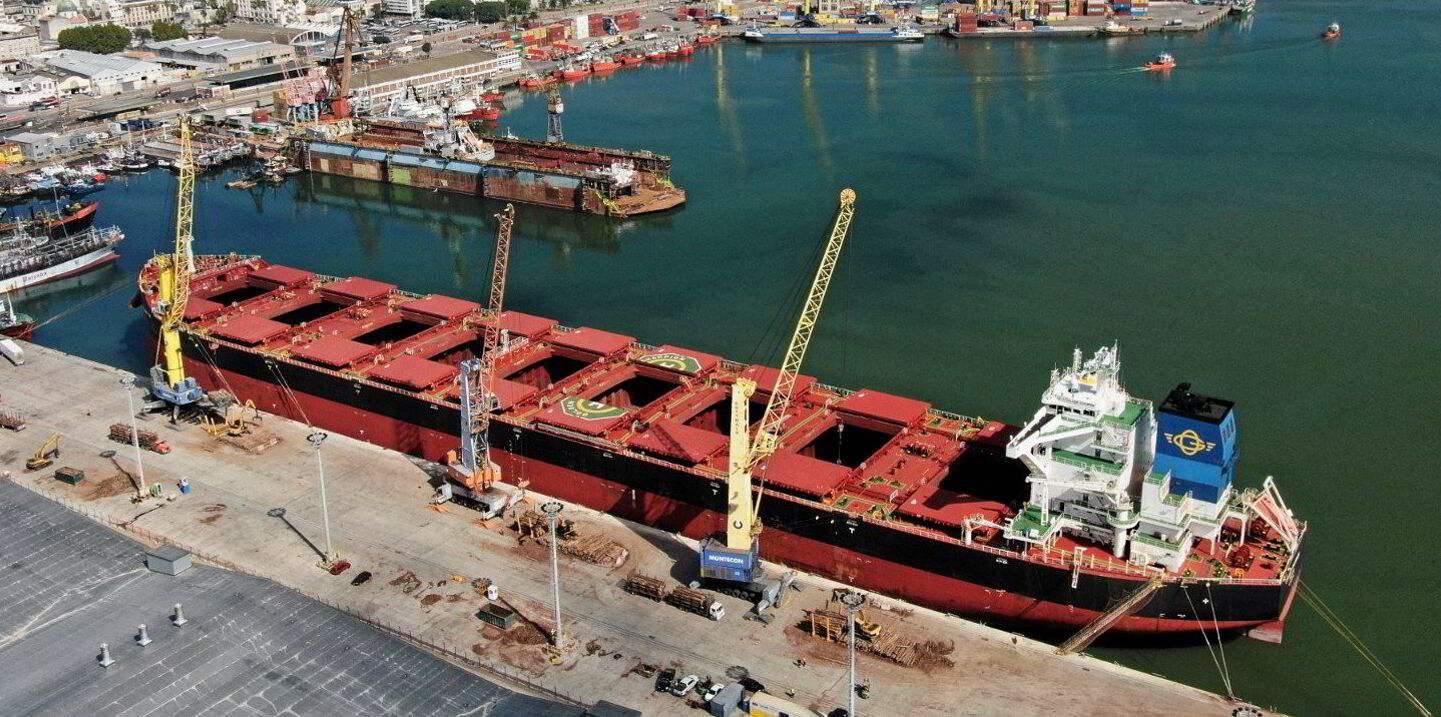The dry bulk market faces potentially fewer shipments of coal to China for the remainder of 2024 after significant improvements in the country’s hydropower generation, according to SSY.
Severe drought conditions in central and coastal China during the first half of 2023 curtailed Chinese hydro generation last spring and contributed to the sharp increase in thermal coal imports into Southeast China, the broker said.
In the second quarter of 2023, national hydro generation dropped by 30%, primarily impacting key hydro-producing provinces and southeastern China.
“Without being able to source hydroelectricity from the key southwest China hydro-producing regions, southeast China needed alternatives,” said SSY’s head of digital analytics, Alastair Stevenson.
This included China’s own nuclear, wind and solar generation, which were up 7%, 25% and 41% year on year, respectively.
However, these sources are capacity-constrained and additional electricity was sourced from the region’s thermal power plants.
“Thermal generation, which is mainly coal-fired, increased 28% year on year in the second quarter of 2023 and accounted for nearly 80% of southeast China’s power generation,” said Stevenson.
“The associated coal requirement was partly sourced from overseas sources and contributed to the staggering 90% growth in Chinese thermal coal imports in the second quarter of 2023.”
SSY said that based on ship tracking data, southeast China thermal coal imports soared 46% last year, or an additional 85m tonnes.
Indonesia and Australia each accounted for roughly 40% of this increase, with Australian imports recovering from the 2021-2022 import ban.
However, Chinese hydro generation increased by 38% in the second quarter of 2024 and was up 46% in June alone, according to SSY.
“In the key hydro-producing regions, which account for around 70% of Chinese production and includes the famed Three Gorges Dam, June hydro generation was up 49%,” said Stevenson.
“In southeast China, hydro generation is smaller and only accounts for 15% of national generation but was still up over 70% in June.
“Meanwhile, although nuclear generation has been steady, wind and solar generation have soared over 20% this June. The net result has been lower thermal generation,” he added.
In the first six months of 2024, southeast China’s thermal coal import growth has slowed to 12%, or 16m tonnes, with two-thirds of the incremental coal sourced from Australia, said SSY.
“There are good reasons to expect hydro generation to continue its recovery over the summer and remainder of 2024,” said Stevenson.
“As it stands, hydro generation remains slightly below equivalent 2021 and 2022 levels, despite recent capacity growth.
“Despite the stronger generation, the Yangtze River projects have still filled at record rates — forcing officials to spill excess water in mid-July.
“Both suggest even stronger hydro generation and continued thermal generation displacement when it peaks seasonally in July/August,” he said.
Stevenson added that while there are other significant drivers of import activity, notable increases in industrial demand and higher stockpiling targets, the continued recovery in Chinese hydro suggests “slower, and potentially negative, thermal coal import growth over the balance of the year”.





